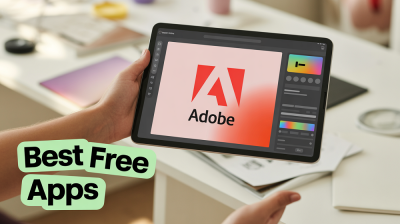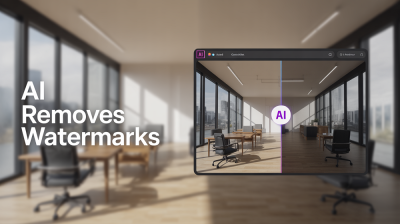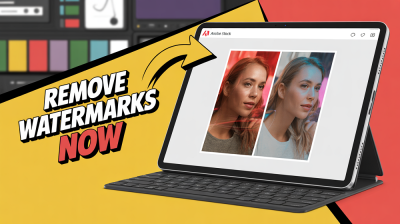YouTube TV has rapidly gained popularity as a go-to streaming service, offering a vast array of channels and on-demand content. But if you’ve been using it, you might have noticed something: the ads. It’s a bit of a mixed bag, right? While some ads can be entertaining, they can also feel excessive at times. So, why are there so many ads on YouTube TV? Let's dive into the world of
Understanding YouTube TV's Ad Policies
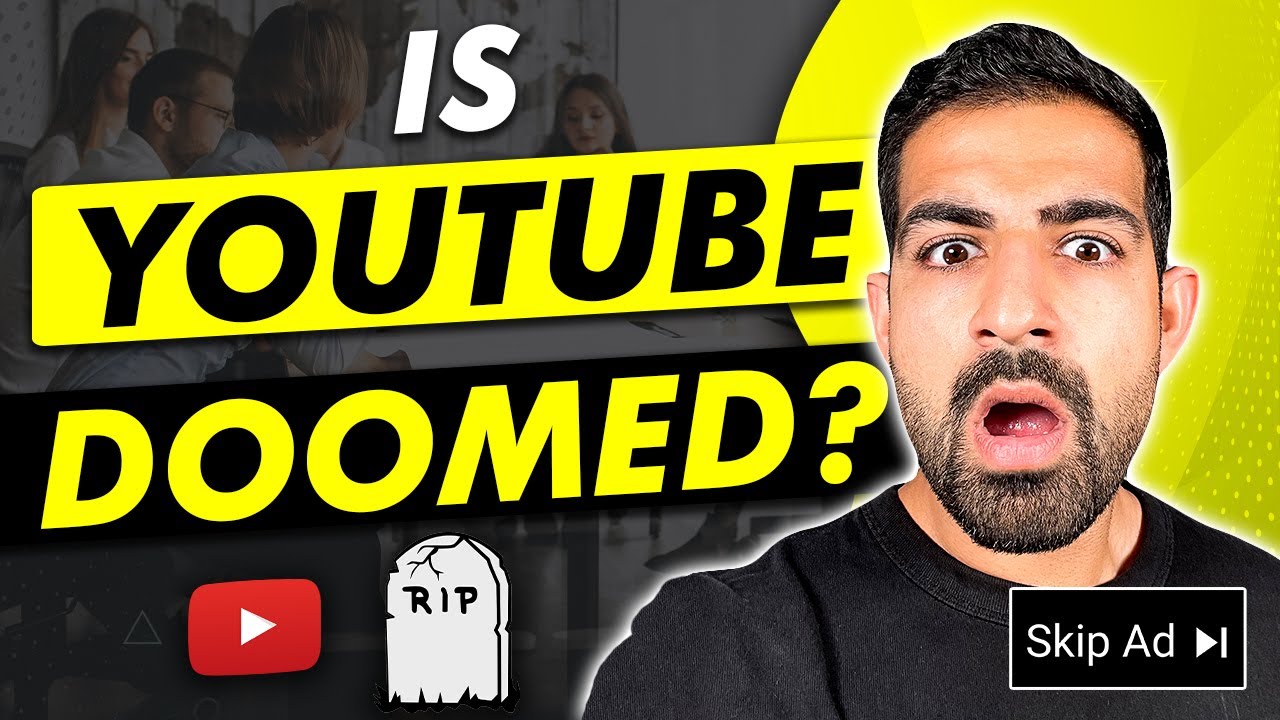
YouTube TV's advertising framework is designed to generate revenue while providing a broad range of content. Here’s a closer look at how it works:
- Ad Placement: Ads can pop up during live broadcasts, on-demand shows, and even between segments of a series. They aim to capture viewers’ attention when they’re most engaged.
- Targeted Advertising: YouTube TV uses sophisticated algorithms to show ads that are tailored to individual viewers based on their viewing habits, demographics, and preferences. This personalization can lead to more ads for some users.
- Ad-Free Option: For those who find ads annoying, YouTube TV offers an option to upgrade to an ad-free experience for a higher subscription fee. However, this only applies to certain content, not live broadcasts.
- Content Ownership: The channels streamed on YouTube TV are often owned by networks that rely on advertising revenue. Therefore, they need to insert ads to fund their programming.
In summary, the multitude of ads on YouTube TV stems from a blend of revenue generation strategies, content partnerships, and user targeting methods. While they can sometimes be a nuisance, they’re a crucial part of how YouTube TV operates and remains financially viable.
Also Read This: What Happened to Georgie's Face on Young Sheldon YouTube? Uncovering the Story
The Impact of Advertisements on Viewing Experience
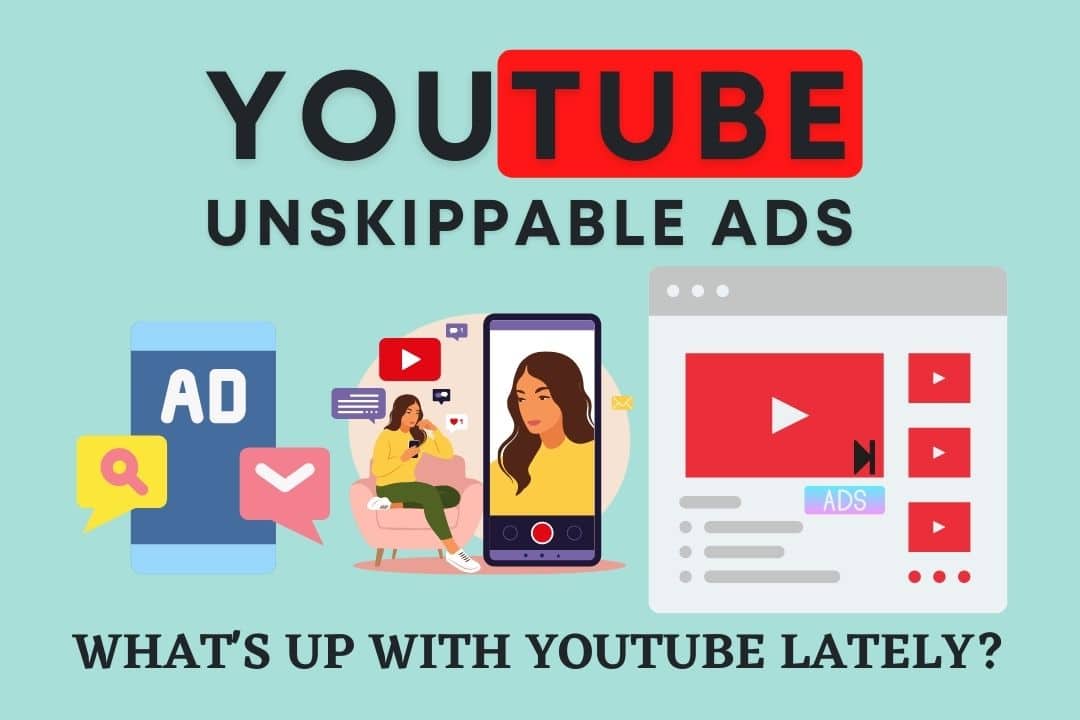
YouTube TV has revolutionized how we enjoy our favorite shows and sports, but let’s face it—ads can be a buzzkill! While they help keep the service affordable, the sheer volume can significantly affect our viewing experience. Imagine you’re engrossed in a thrilling finale, and suddenly, you’re interrupted by a barrage of ads. Frustrating, right?
Here’s a breakdown of how ads impact our experience:
- Disruption of Flow: Ads can break the emotional connection to the content. Just when you’re on the edge of your seat, an ad can pull you out of that moment.
- Viewer Fatigue: Over time, constant interruptions can lead to viewer fatigue. The more ads you see, the more likely you are to feel overwhelmed, which may make you less likely to stick with a show.
- Loss of Engagement: When viewers are bombarded with ads, they may tune out or even start multitasking, which diminishes their overall engagement with the content.
- Ad Blindness: Ironically, too many ads can lead to 'ad blindness,' where viewers tune out advertisements altogether, reducing their effectiveness.
Ultimately, while ads are essential for the platform’s economic model, their impact on our viewing habits is significant. Finding the right balance between content and advertising is key to keeping viewers invested.
Also Read This: What Is the Size of YouTube Videos? Understanding File Sizes for Uploads
Types of Ads You Encounter on YouTube TV
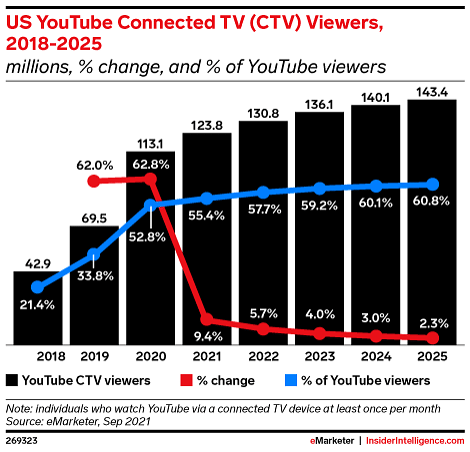
YouTube TV serves up a smorgasbord of advertisements, and knowing what to expect can help you navigate the experience better. Here’s a closer look at the types of ads you might encounter:
| Type of Ad | Description |
|---|---|
| Pre-Roll Ads | These ads play before your selected video starts. They can range from 15 to 30 seconds and are often skippable after a few seconds. |
| Mid-Roll Ads | Inserted during the content, these ads can disrupt the flow of a show. They’re more common in longer programs and can significantly affect your viewing experience. |
| Post-Roll Ads | These appear after the content ends. While they’re less intrusive, they can still add to the overall ad load you experience. |
| Overlay Ads | These are smaller ads that appear on the screen while you’re watching a video, allowing you to continue watching without interruption. |
| Banners | These ads occupy the top or bottom of the screen and often promote related content or services. |
As you can see, YouTube TV offers a variety of ads, each aiming to capture your attention in different ways. Understanding these types can help you anticipate interruptions and enjoy your viewing experience a bit more!
Also Read This: How to Upload YouTube Videos from Your iPad for Easy Sharing
5. Comparison with Other Streaming Services
When it comes to streaming services, YouTube TV is often compared to others like Hulu Live, Sling TV, and traditional cable. One noticeable difference is the approach to advertising. Let’s break it down:
- YouTube TV: Primarily ad-supported, viewers can expect a mix of traditional TV commercials and targeted ads based on their viewing habits. This can lead to a more personalized experience, but it also means more interruptions during your favorite shows.
- Hulu Live: Similar to YouTube TV, Hulu also includes ads in its live TV plan. However, they offer an ad-free option for an additional fee, allowing viewers to enjoy uninterrupted streaming.
- Sling TV: Sling keeps ads to a minimum, especially if you choose their lower-cost plans. They also provide options to add HBO and other premium channels, which can further change the ad experience.
- Traditional Cable: Cable networks typically have longer ad breaks, but with YouTube TV, the ads can feel more frequent due to their targeted nature. Viewers might find themselves seeing the same ads repeated often.
Ultimately, while all these services have ads, YouTube TV’s unique combination of targeted advertising and content variety sets it apart. Viewers need to weigh their options based on how much they value ad-free content versus the breadth of programming available.
Also Read This: Can Youtubers See Who Viewed Their Videos? Privacy and Analytics Explained
6. Future Trends in YouTube TV Advertising
The landscape of advertising on YouTube TV is evolving rapidly, and several trends are shaping its future. Here’s what to look out for:
- Increased Personalization: As technology advances, expect more personalized ads based on user behavior and preferences. This means ads that speak directly to your interests, potentially increasing engagement.
- Interactive Ads: The future may see more interactive advertising, allowing viewers to engage with ads through polls or quizzes. This can make the ad experience more entertaining and less disruptive.
- Shorter Ad Slots: To keep viewers engaged, advertisers are likely to focus on creating shorter, more impactful ads. Think quick, catchy spots that deliver the message without dragging on.
- Integration with Social Media: We could see a fusion of YouTube TV ads with social media campaigns, where viewers might get a seamless experience between platforms, enhancing brand recognition.
As these trends unfold, YouTube TV is poised to redefine its advertising model, creating a more engaging experience for viewers while satisfying advertisers’ needs. Keeping an eye on these developments will be crucial for both audiences and marketers alike!
Why Are There So Many Ads on YouTube TV
YouTube TV has rapidly gained popularity as a streaming service, offering viewers a wide array of live television channels and on-demand content. However, one common complaint from users is the prevalence of advertisements. Understanding the reasons behind this can help viewers navigate their experience better.
Here are a few key factors contributing to the high volume of ads on YouTube TV:
- Advertising Revenue Model: YouTube TV operates on an ad-supported revenue model, which means that a significant portion of its income comes from advertisers. This is essential for covering the costs of content licensing and distribution.
- Content Providers: Many of the channels included in YouTube TV are traditional TV networks that rely heavily on commercial advertising. As a result, viewers can expect to see ads similar to those they would encounter on conventional cable television.
- Targeted Advertising: YouTube employs sophisticated algorithms to deliver targeted ads based on user preferences and viewing history, increasing ad frequency and relevance.
Despite the annoyance ads may bring, they play a crucial role in the service's sustainability. The presence of ads allows YouTube TV to offer subscribers a relatively lower subscription price compared to other streaming platforms that may not include as many advertisements.
| Factor | Description |
|---|---|
| Revenue Model | Primarily ad-supported, driving income through advertisers. |
| Traditional Networks | Inclusion of channels that depend on commercial breaks. |
| Targeted Ads | Use of algorithms for personalized ad delivery. |
In conclusion, while the abundance of ads on YouTube TV may be frustrating, it is a fundamental aspect of its business model, essential for providing a diverse range of content at competitive prices. Understanding this can help viewers make the most of their streaming experience.
 admin
admin




